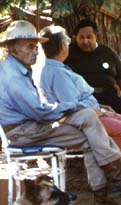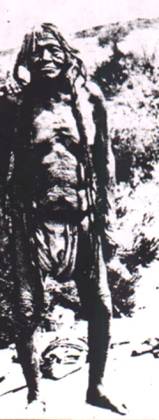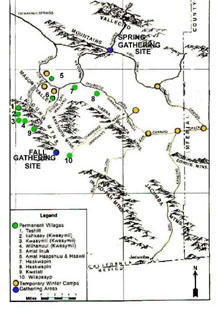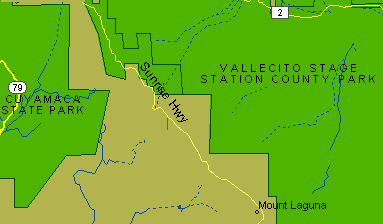Naming is an act of power. Scripture informs us that naming is the first recorded act of dominion. Thus, naming is assigning the symbol of identity. The one who assigns is the insider. Similarly the first response, to another or others is to assign a name..
 Mastamho
said: "Some of you are outside, east of the house, I want you to
be the Hamapaivek. Some of you are outdoors west of the house, I
will call you Hamivevek. You people just west of the door, I will
call Hamitsanvek. Mastamho
said: "Some of you are outside, east of the house, I want you to
be the Hamapaivek. Some of you are outdoors west of the house, I
will call you Hamivevek. You people just west of the door, I will
call Hamitsanvek. You just inside the door, near these last, I call Hamiavek. You people near the fire here, not against the wall, I call you Hamahavek. He called them by these names, but all the people did not answer. They did not say, "Yes, we will be called that." All of them said nothing.
Then he said again: "Those will
be the Yavapai also. I want them to live near each other
in the mountains." Then he said again: "Those outdoors on the west, whom at first I called Hamivevek, I now call Tsimuveve. All say that!" Then all said: "Chemehuevi." He said again: "Those just inside the door on the west of it I called Hamitsanvek. Now I called Hamiaivek, I now call Kamia, You will live near each other. Then he said: "I have made you all to be tribes, Walapai, Yavapai, Chemehuevi, Quechan, and Kamia, you are all different. I spoke the name Hamahavek. Now I call them Hamakhave. All will call you that, you Mohave, and you will know them by that name." In the morning Mastamho went outside. He wanted a place to put the people outdoors. He said: "Tonight some of you will become tribes and some of you will become birds. I will tell you about that tonight, but not during the day." |
 WA
AMAAY KWAKAS.
WA
AMAAY KWAKAS. 

 A band's territory extends anywhere from 10 to 30 miles along a stream
and tributaries.
A band's territory extends anywhere from 10 to 30 miles along a stream
and tributaries.